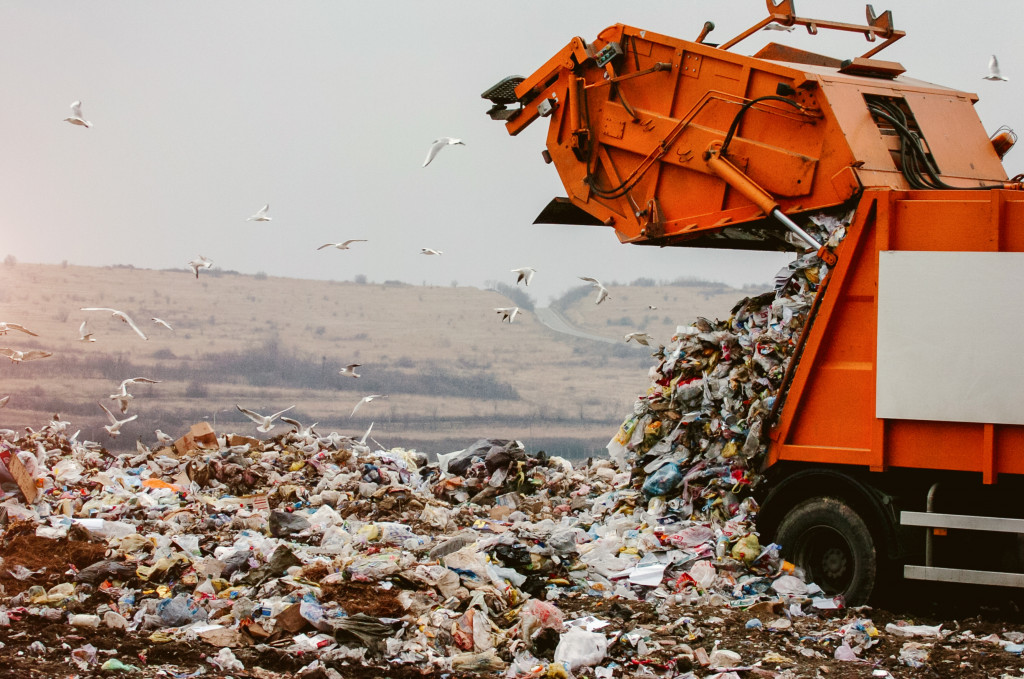People are often tempted to buy fast fashion because the clothes, shoes, and accessories sold are cheap. However, what most people don’t realize is that fast fashion comes at a high cost- not just to your wallet but also to the environment and the workers who make the clothing. This article will explain why and what your better alternatives are.
What is Fast Fashion
Fast fashion is the term used for clothing, shoes, and accessories that are designed and produced rapidly and sold at low prices. The fast fashion industry has grown rapidly in the last few decades. In the early 2000s, there was a significant increase in the number of fast fashion brands, and today, these brands make up a large portion of the clothing industry.
The fast fashion model is appealing to brands because it allows them to produce large quantities of clothing, shoes, and accessories quickly and cheaply. It’s also appealing to consumers because the clothes are cheap and trendy.
The Problems Caused by Fast Fashion
There are several problems with fast fashion. It is bad for the environment, workers, and consumers like you.
Impact on the Environment
According to the World Economic Forum, 10% of carbon emissions worldwide are caused by the fashion industry. About 60% of clothes produced contain polyester. Manufacturing polyester produces twice to thrice as much carbon that manufacturing cotton.
Also, 20% of global water pollution from industrial waste is from the fashion industry, with the process of dyeing textiles as the second-largest polluter. Another source of water pollution is the laundering of clothes containing polyester. That results in 500,000 tons of microfibers released into the sea annually, and these polyester fibers do not break down. It is like releasing 50 billion plastic bottles yearly into the ocean.
The fashion industry is also the second-largest user of the earth’s water, resulting in streams and rivers drying up. The production of one pair of jeans uses around 2,000 gallons of water, while the production of one cotton shirt uses around 700 gallons of water.
Most of these fast fashion items just go to landfills as people get tired of them quickly. Annually, about 80% of the textiles produced are thrown in the dump.

Impact on Human Health
Aside from being bad for the environment, fast fashion is also bad for your health. The materials used in fast fashion are often synthetic and petroleum-based, which means they’re full of toxic chemicals. These can cause skin irritation, allergic reactions, and even cancer.
The workers who make fast fashion clothing are often treated poorly. They’re paid very low wages that are not enough to sustain themselves and their families, and they work in unsafe and cramped conditions. In some cases, they’re even forced to work long hours with no breaks. Recently, there was a report of fast fashion factory workers in Bangladesh forced to continue working even after being tested Covid-19-positive.
Impact on Consumers
Also, fast fashion is bad for your wallet. Because the items are cheap, you tend to not think twice before buying something you don’t need. Since they are of poor quality, they also do not last long. So, you end up in a cycle of buying even more. In the end, you spend even more.
What You Can Do
The good news is there are things you can do to help reduce the negative impact of fast fashion. The first thing is to educate yourself and others about the problems with fast fashion. The more people know, the more they can pressure brands and governments to change.
The second thing is to shop smarter. When you do need to buy clothing, shoes, or accessories, look for sustainable brands that use sustainable materials. Also, look for brands that treat their workers fairly.
Furthermore, choose clothing, shoes, and accessories that will last you for years and that you can even hand down to your children. They must be in classic styles that outlast trends.
For instance, instead of buying cheap trendy accessories that you throw away when they are no longer in style, save up for fine jewelry like an eternity ring encrusted with diamonds that are ethically sourced. That will also serve as an investment. The values of both the precious metal and the diamonds will appreciate even faster than if you left the money in your savings account. You can enjoy wearing your investment while it is increasing your wealth. Later, you can either sell it at a high profit or bequeath it to your children as part of their inheritance.
Finally, you can donate or sell the clothes that no longer fit you instead of throwing them away. Many charities and organizations take gently used clothing. You can also sell your clothes online or at consignment shops.
By following these tips, you can help make a difference in the fashion industry and protect the environment, your health, and your pocket.
